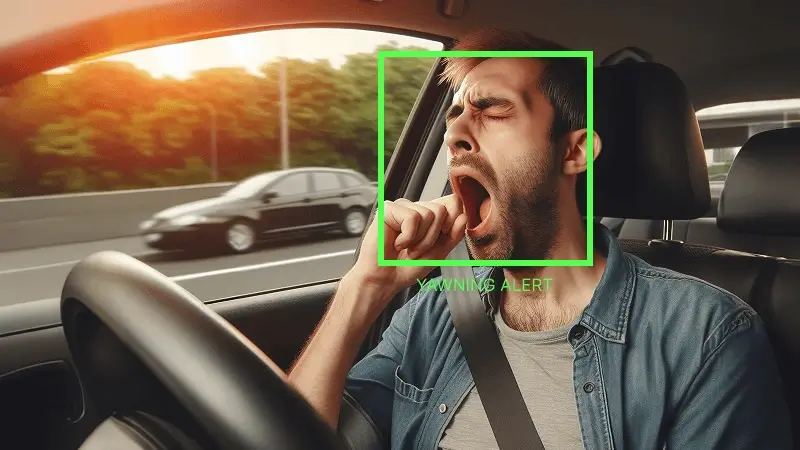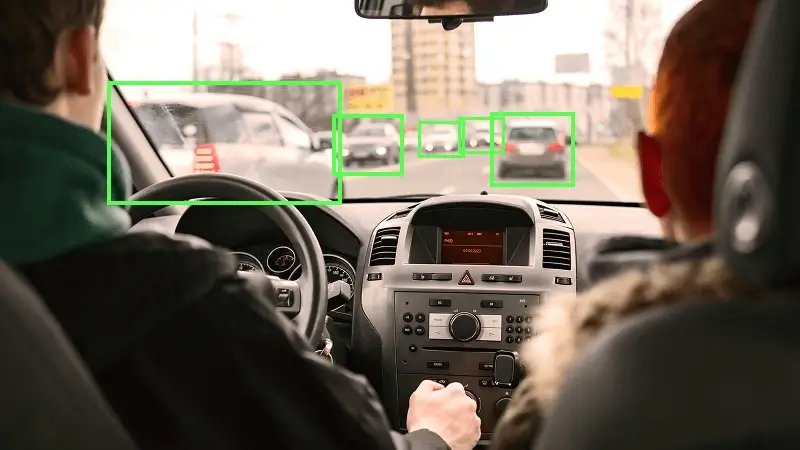Automobiles are no longer defined solely by horsepower or top speed. Today’s vehicles are increasingly integrated with next-generation technologies like Artificial Intelligence (AI) and Advanced Driver Assistance Systems (ADAS), enabling them to make real-time decisions in critical situations. There are numerous examples available online where automobile self-driving features have taken control from the driver to either protect passengers or save the lives of pedestrians.
The global automobile industry is undergoing a technological revolution driven by two transformative trends: the transition from internal combustion vehicles (ICVs) to battery electric vehicles (BEVs) and the rapid advancement of advanced driver-assistance systems (ADAS) and autonomous driving technologies. What ties these trends together is an intense focus on intellectual property (IP). Automakers, semiconductor firms, and software innovators are filing aggressively to protect their edge and carve out competitive advantages.
In this blog, we’ll break down the tech and IP trends driving this evolution—looking under the hood of recent innovations in ADAS, AI, BEVs, and hybrid systems. We’ll also analyze the patent strategies of key players like Tesla, BYD, and Toyota, offering insights into who’s leading the charge and how the future of mobility is being shaped one patent at a time.
Recent patent filing trends indicate a significant shift form hardware centric patents to AI algorithms. Earlier patent activities were centered around hardware components like sensors, ECUs, and drivetrain mechanism. As vehicles grow smarter, we see more patent filing related to AI algorithms that enhance the performance of existing hardware rather than just developing new hardware itself. In the past 12 months alone, there has been a 30% surge in global patent filings related to ADAS, especially around sensor fusion and AI-driven decision-making.
This evolution reflects a broader trend—where the value lies not just in the sensors but in how effectively the vehicle can interpret and act on the data they provide.
|
Fun fact: Over 60% of BEV patents now include AI for battery lifecycle management. It’s clear that the future of mobility is being written in code and protected by patents. |
Two of the biggest players, Tesla and BYD, are locked in an intense intellectual property (IP) battle that could shape the future of mobility. While Tesla has long been seen as the tech disruptor, BYD’s recent surge in global BEV sales and expansive patent strategy suggests it’s no longer just playing catch-up.
Tesla Inc.
| Patent Number | Title |
| US9797181B2 | Vehicle front door power opening system |
| US10406972B2 | Vehicle technologies for automated turn signaling |
| US20230281017A1 | Autonomous driving controller parallel processor boot order |
| US20230406356A1 | System and Method for Handling Errors in a Vehicle Neural Network Processor |
| US11675358B2 | Autonomous driving system emergency signalling. |
| US11816585B2 | Machine learning models operating at different frequencies for autonomous vehicles |
| US10670448B2 | Sensors for vehicle occupant classification systems and methods |
| US11646868B2 | Autonomous driving controller encrypted communications |
| US20190332815A1 | Secure initial provisioning of a system on a chip |
| US20230246983A1 | Vehicle network and method of communication |
| US11465631B2 | Personalization system and method for a vehicle based on spatial locations of occupants’ body portions |

Tesla Dojo is a custom-built AI supercomputer developed by Tesla to accelerate the training of deep neural networks for its autonomous driving technologies. The supercomputer is designed to process massive amounts of real-world driving data collected from Tesla’s global fleet, enabling rapid improvements in the company’s Full Self-Driving (FSD) and Autopilot systems.
BYD Co. Ltd
| Patent Number | Title |
| CN118269933A | Vehicle control method, controller, vehicle control system and vehicle |
| CN110654195B | Vehicle, vehicle suspension system and adjusting method and device thereof |
| CN110654393B | Method and system for monitoring health state of driver, computer equipment and storage medium |
| CN118220197A | Auxiliary driving method and device and related equipment |
| CN114071841B | Vehicle atmosphere lamp control system and method, vehicle and computer storage medium |
| CN111833480B | Driving behavior detection method and device and vehicle |
| CN101377685B | Intelligent anti-collision system for electric automobile |
| CN101767535B | Driving/braking system and method of independent four-wheel electric automobile |

While BYD stands out with its vertically integrated model, offering end-to-end control from battery chemistry to vehicle manufacturing, Tesla excels in using intellectual property to scale production more efficiently and cost-effectively.
Each company has carved out its own competitive advantage, and no single player emerged as a clear winner till now. But, the race is still wide open, with both automakers setting the pace in different arenas.
The automotive industry is undergoing a transformation driven not just by electric drivetrains or smarter software but by the strategic collaboration of technology and intellectual property. Whether it’s BYD’s vertically integrated battery empire or Tesla’s production-first mindset, one thing is clear: the future of mobility will be won not just in labs or on assembly lines—but in patent offices across the globe. As companies continue to innovate, those who combine deep tech with smart IP strategy will define the next era of automotive excellence.
As an established player navigating the evolving automobile landscape or a startup developing cutting-edge EV tech, your innovations deserve strong patent protection. At Wissen Research, we have been offering top-notch intellectual property (IP), technology, and market research services to our global clients, including Fortune 500 companies, small enterprises, and onshore IP law firms.
Schedule a one-on-one meeting with our subject matter experts and discuss your project queries today!